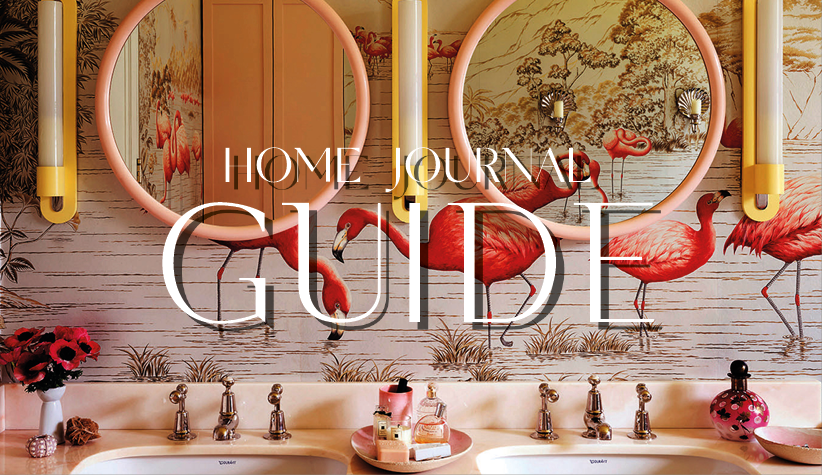Katsushika Hokusai (1760-1849) may not be a household name, but you must have come across at least one of his works – Under the Wave off Kanagawa (1830–32), aka The Great Wave.

This immersive image of creasing wave, done by Hokusai at age 70, belongs to his scenic Thirty-six Views of Mount Fuji series, which comprises a set of 36 woodblock prints dedicated to Mount Fuji – a scared mountain symbolizing immortality to Japanese people.

Born in 1760 during the Edo period, Hokusai was a woodcraft apprentice at a time when reading books illustrated by woodcuts was a trend. He then enrolled into the studio of reputed Japanese Ukiyo-e painter and printmaker Katsukawa Shunsho, which paved the path to his artistic success for becoming the epitome of the Ukiyo-e genre.

Fuji Seen in the Distance from the Senju Pleasure Quarter (24.4 x 36.5 cm.), from The Thirty-six Views of Mount Fuj series (Courtesy of Christie’s)

Groups of mountain climbers (25.4 x 27.3 cm.), from The Thirty-six Views of Mount Fuj series (Courtesy of Christie’s)
Flourish from 17th to 19th centuries in Japan, Ukiyo-e refers to a Japanese art style characterized by woodblock prints that portray all elements of urban life imaginable – from theatre actors, sumo wrestlers, the daily lives of citizens to natural landscapes.

Hokusai tried to take Ukiyo-e to the next level with a pictorial encyclopaedia titled the Great Picture Book of Everything, hoping to encapsulate everyday objects, animal and landscape around the world into one publication. However, the project was stillborn, and the bulk of the drawings went missing except for a few now residing in the Museum of Fine Arts in Boston and the Biblioteque Nationale in Paris.

Mount Fuji from the tea plantation of Katakura in Suruga province (26 x 38.1 cm), from The Thirty-six Views of Mount Fuj series (Courtesy of Christie’s)

The Thirty-six Views of Mount Fuji series, which marked the peak of Hokusai’s career, features a combination of traditional indigo and shades of Prussian blue, aka Berlin blue – a pigment imported from Germany via China.

Fujimigahara [“Fuji-viewing fields”] in Owari province (26 x 38.4 cm), from The Thirty-six Views of Mount Fuj series (Courtesy of Christie’s)
During Hokusai’s lifetime, his illustrations and woodblock prints, The Great Wave in particular, swept across the country yet didn’t make their way to the West due to Japan’s Sakoku policy, under which expats were forbidden from entering the country and Japanese forbidden to leave.

Waterwheel at Onden (25.7 x 38.1 cm), from The Thirty-six Views of Mount Fuj series (Courtesy of Christie’s)
It wasn’t until 1853 – four years after Hokusai’s death in 1849 – that his works, along with those by other Ukiyo-e artists such as Utagawa Hiroshige and Kitagawa Utamaro, began travelling to the West following the end of the 220-year-old seclusion policy, and, little by little, made their mark on the Western art scene.

In the beginning, the delicate prints were used as product packaging. By the late 19th century, after Paris’ Exposition Universelle in 1867 which brought the beauty of Ukiyo-e to the attention of French painters,Japanese art was all the rage in Paris, influencing the likes of Claude Monet, Édouard Manet, Edgar Degas, and, in particular, Vincent van Gogh and his Japonaiserie style.

There was even a debate as to rather The Starry Night (1889) by Post-Impressionist Vincent van Gogh was inspired by the Great Wave, given the notable resemblance between the swirling sky and the frothing wave.

The Starry Night, Saint Rémy, 1889 (Courtesy of MoMA)
Another unfinished publication project – the macabre “One Hundred Ghost Tales” (Hyaku monogatari) series – features richer colour and even wilder imagination, yet it has received little attention in the art world.







